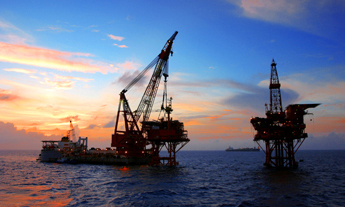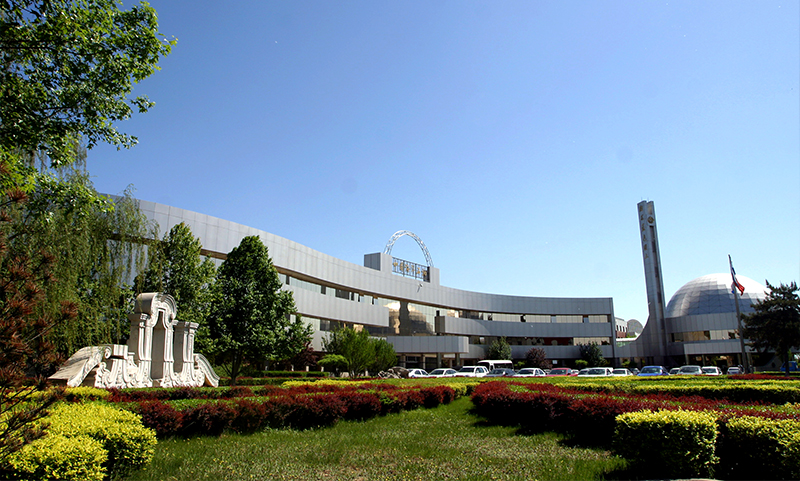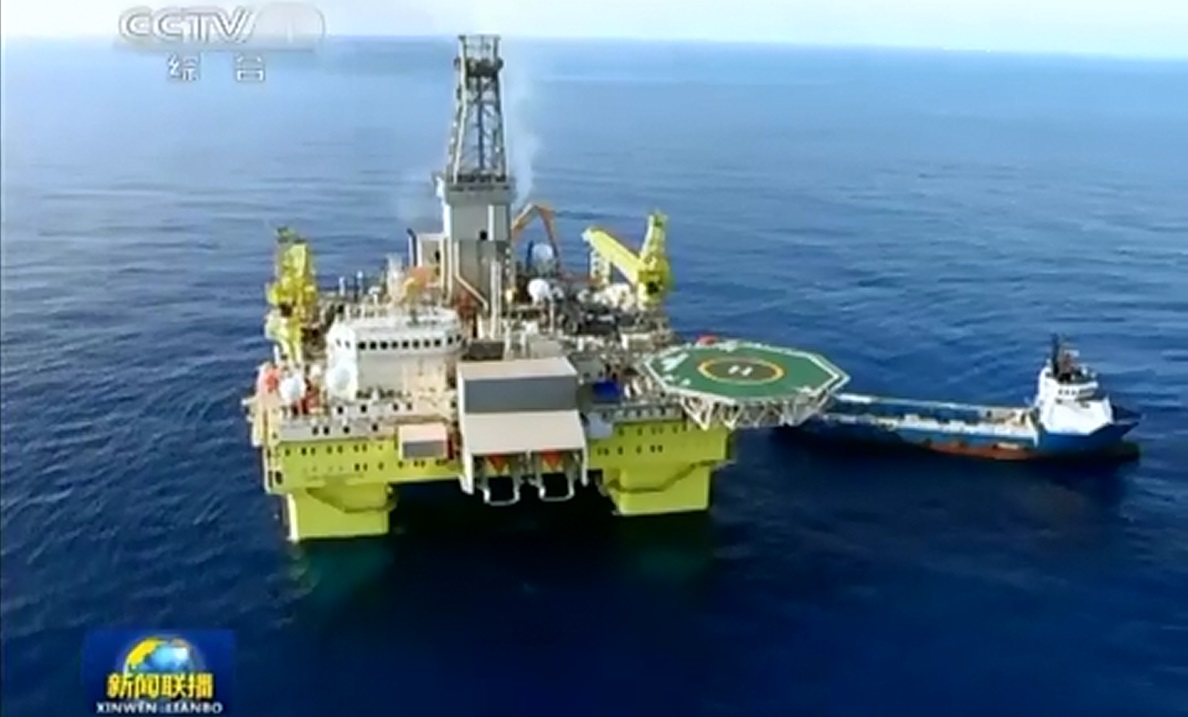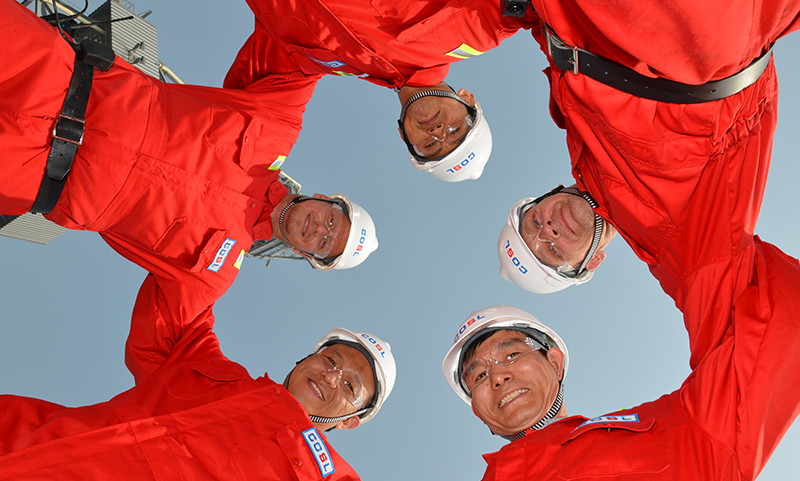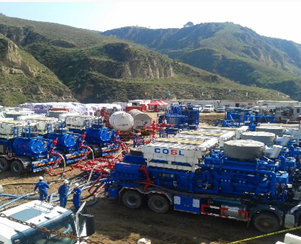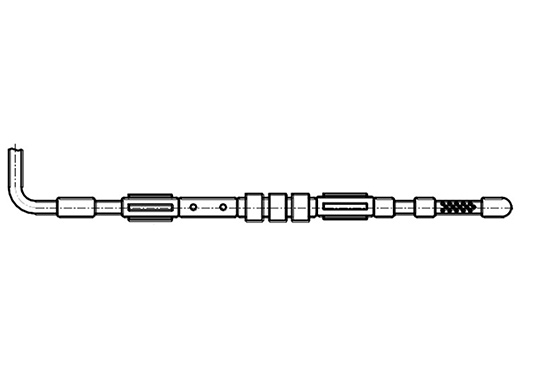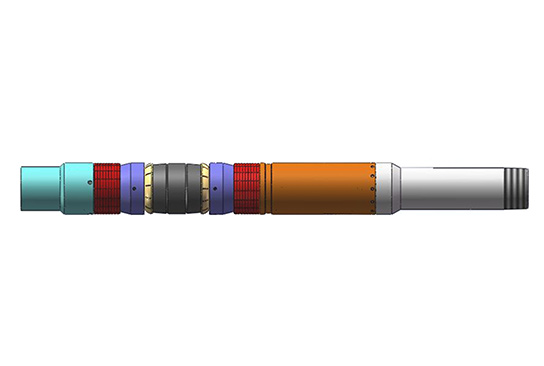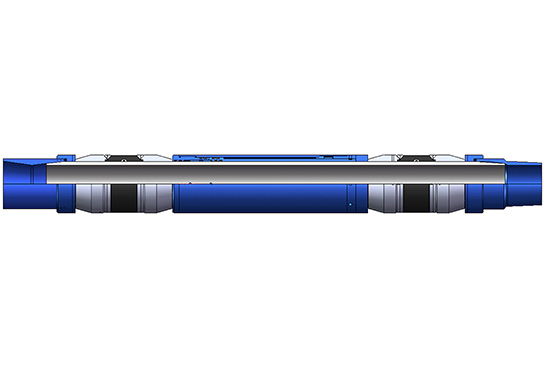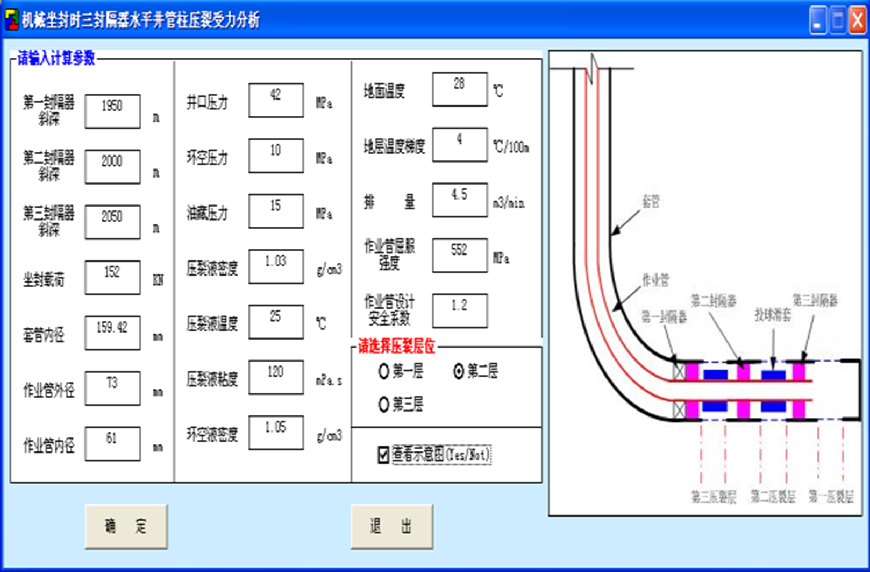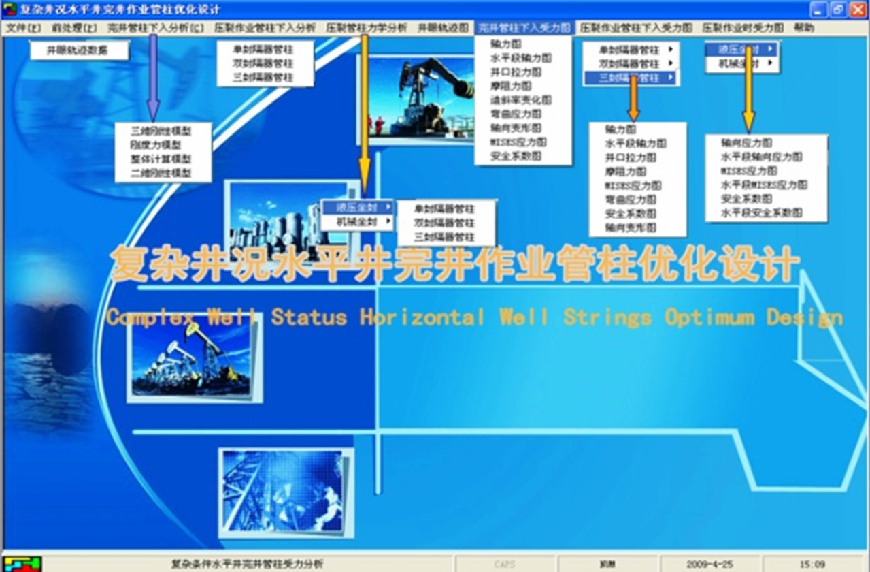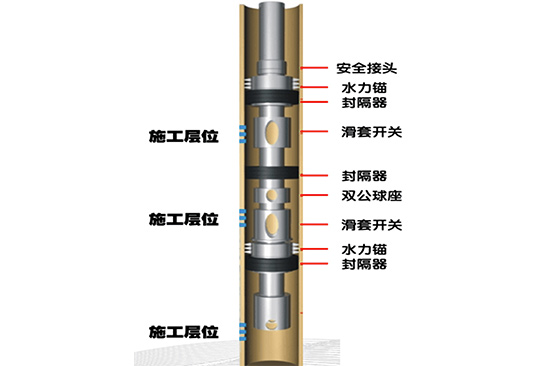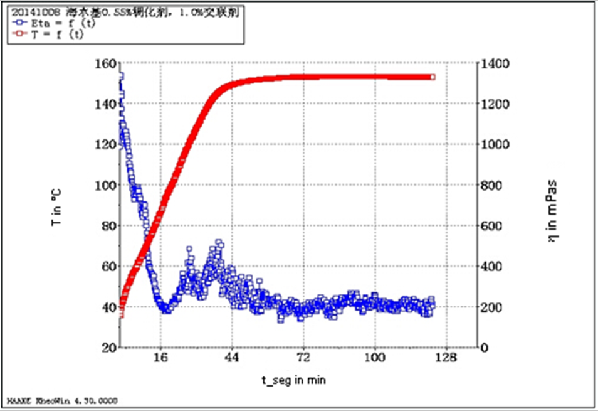Process Introduction
The long well section of horizontal well is made with a number of hydraulic fractures by staged fracturing, then discharge the fluid rapidly after fracturing, and transform the reservoir by staged fracturing of horizontal well efficiently with low damages, thus improving the production of a single well as well as achieving the target of improving the yield. The technical difficulty of fracturing lies in the selection of staged fracturing technology. The most commonly used technology includes the staged fracturing by openhole packers and by hydraulic jet, etc.
Technical Indicators
| Technology Type |
Staged fracturing by openhole packers |
Staged fracturing by hydraulic jet |
| Technical Indicators |
1. Resistance to pressure of 70MPa, temperature resistance of 170℃;
2. Maximum number of transformed sections of 20 (vary according to the size of string). |
1. Operating pressure differential ≤ 60MPa;
2. Pressure drop of nozzle ≤ 40MPa. |
Technical Applicability
The staged fracturing of horizontal well by openhole packers is applicable to the stimulation and reconstruction of a wide range of oil-gas wells, and this technology is simple, low in costs and time-saving. Currently, this technology has been widely used on land oilfields and offshore oilfields, with significant stimulation efficiency.
The staged fracturing technology by hydraulic jet is applicable to open-hole completion, screen pipe completion and cased hole completion, and its applicable well depth is less than 5,000 m. This process does not require lifting or running the string frequently, simplifies the process, saves the construction time; the down-hole tool string is simply, with high security, and the entire process does not require the mechanical packing device, and could reduce the operational risks and costs.
Supporting Systems, Software and Tools
 ·Supporting Tools: Ball activated fracturing sleeve, differential pressure sliding sleeve, ball seat, packer, spray gun, etc. Accompany Software: Tubular column stress analysis software
·Supporting Tools: Ball activated fracturing sleeve, differential pressure sliding sleeve, ball seat, packer, spray gun, etc. Accompany Software: Tubular column stress analysis software
 ·Accompany Software: Tubular column stress analysis software
·Accompany Software: Tubular column stress analysis software
Application
The horizontal well of tight sand gas has tested for 7 well-times by adopting the staged fracturing by openhole packers, with the fracturing stimulation 10 times better more than that of vertical well and the directional well in terms of the open flow capacity after the fracturing, with obvious stimulation effect.
| Well Name |
Date |
Open Flow Capacity,104m3/d |
| A-1H |
2016.9 |
2.85 |
| A-4H |
2016.11 |
4.8 |
| A-5H |
2016.11 |
18.3 |
| B-3H |
2016.8 |
4.71 |
| A-3H |
2016.06 |
7.6 |
| B-1H |
2016.11 |
2.43 |
| C1-H |
2015.11 |
9.2 |
